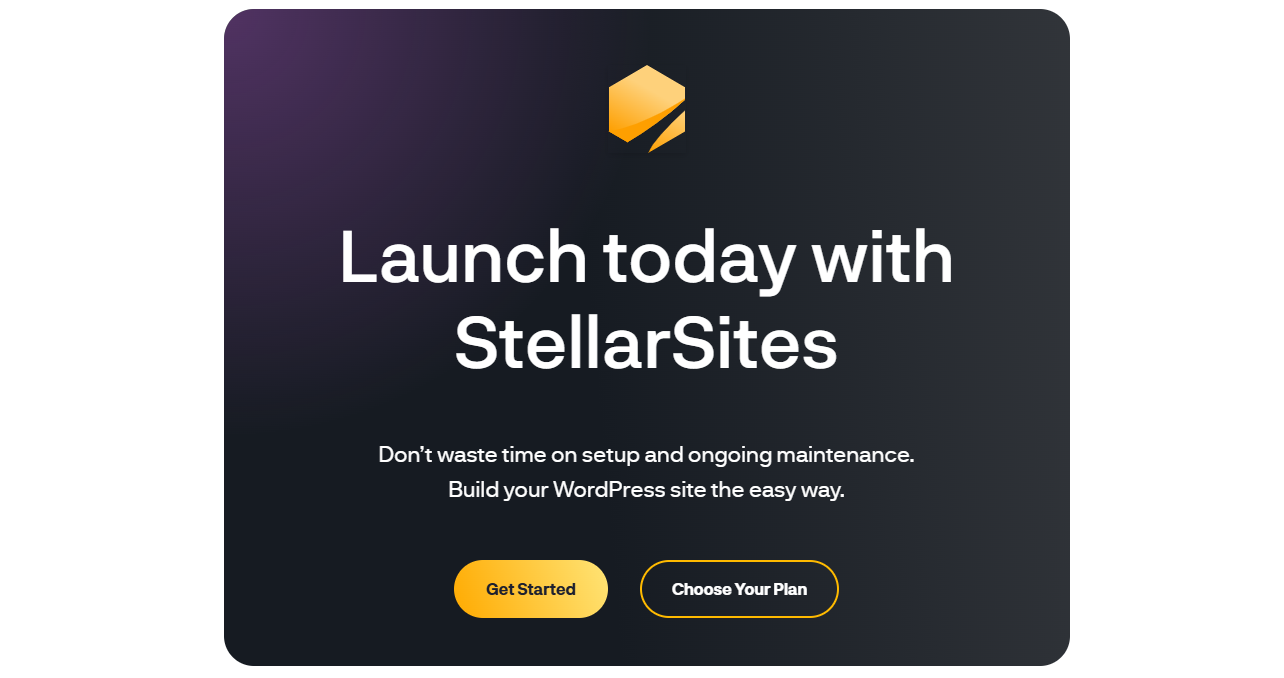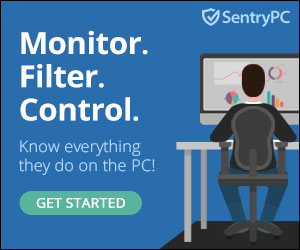Disclosure: We’re reader-supported. When you buy through links on our site, we may earn an affiliate commission at no extra cost to you. For more information, see our Disclosure page. Thanks.
Contents
How do I Start a Blog with no Money?
Starting a blog with no money is entirely possible today thanks to free platforms and accessible tools that make the process easier than ever. Whether you’re aiming to share your thoughts, build a personal brand, or even create a business, starting a blog on a tight budget involves strategic choices about platforms, content, and promotion. This summary outlines key steps and strategies for launching a blog without incurring any significant expenses.
1. Choosing a Blog Topic
The first step in starting any blog is to choose a topic. This is crucial because the subject matter will guide your writing, help define your audience, and influence your blog’s long-term success. A blog topic should ideally align with both your personal interests and what people are searching for. While it’s tempting to pick a niche with little competition, it’s important to ensure there’s enough interest in the topic to build an audience. Popular blog categories include lifestyle, health, finance, technology, and personal development.
To start with no money, pick a topic you’re passionate about or have expertise in. Your enthusiasm for the subject will keep you motivated and make the blogging process more enjoyable.
2. Selecting a Free Blogging Platform
There are several free platforms available to help you get started without paying for hosting, domain names, or design services. Some of the most popular options include:
- WordPress.com: One of the most widely used platforms, WordPress offers a free version where you can start blogging without needing technical expertise. It provides various themes, basic customization, and built-in analytics.
- Blogger: Owned by Google, Blogger is another free platform that allows you to create a blog quickly. It offers easy integration with Google services, like AdSense and Analytics, although its customization options are more limited compared to WordPress.
- Medium: Medium is a content-focused platform, ideal for writers who want to focus purely on creating articles without worrying about the design or technicalities. However, it’s not as customizable as WordPress or Blogger, and the monetization options are limited.
- Wix: While Wix does have paid options, you can start a basic blog with their free plan, which includes drag-and-drop functionality, a simple interface, and easy integration with social media.
Each of these platforms offers a no-cost option, though they all come with limitations such as the inclusion of ads, limited storage, and a branded subdomain (e.g., “yourblog.wordpress.com”). These limitations can be worked around later if you decide to invest in premium features, but for a start with no money, these platforms are a great way to launch quickly.
3. Creating Your Blog Content
Once your blog is set up, the next step is to start creating content. Content is the heart of your blog, and it’s important to focus on quality and consistency from the beginning.
- Focus on Value: Whether you’re writing about lifestyle, technology, or personal experiences, make sure your content provides value to your readers. This could mean solving a problem, offering insight, or providing entertainment.
- Write Regularly: One of the best ways to grow a blog is by consistently posting new content. If you want to build an audience, aim to publish new posts regularly. At the start, aim for at least one post per week to keep your blog active and attract return visitors.
- Optimize for SEO: While you’re working with a free platform, it’s still important to focus on SEO (Search Engine Optimization). SEO helps your blog rank higher on search engines like Google, making it easier for people to find your content. This involves using the right keywords, writing compelling meta descriptions, and structuring your posts properly. Even without money, you can research free SEO strategies to make sure your posts are discoverable.
- Engagement and Authenticity: Engage with your readers through comments, surveys, and by responding to feedback. The more you connect with your audience, the more they’ll return and share your content. Additionally, your blog should reflect your personality. Authenticity resonates with readers, and people are more likely to follow bloggers who share their true selves.
4. Designing Your Blog
Design is the first impression your blog makes, and while free platforms don’t offer the most customizable templates, there are still ways to make your blog look professional and visually appealing:
- Use Free Themes: Many blogging platforms offer a selection of free themes. Choose one that suits your niche and keeps the design simple. Avoid overly complicated designs that may distract from your content.
- Optimize for Mobile: Given the number of people who browse blogs on mobile devices, it’s important to pick a theme that’s mobile-friendly. Many free themes are responsive, meaning they automatically adjust to different screen sizes.
- Add Visuals: A blog with images, infographics, and other visuals is more engaging. There are several free image libraries available, such as Unsplash, Pexels, and Pixabay, where you can find high-quality images to complement your posts.
5. Promoting Your Blog for Free
Promotion is essential to get traffic to your blog, and while paid advertising can help, there are many ways to promote your blog without spending a dime.
- Leverage Social Media: Share your blog posts on social media platforms such as Twitter, Facebook, Instagram, and Pinterest. Each platform offers a unique way to engage with your audience. For instance, Twitter is great for short updates and interactions, while Pinterest works well for lifestyle and visual content.
- Networking with Other Bloggers: Reach out to other bloggers in your niche and collaborate by guest posting, sharing each other’s work, or simply engaging with their content. Building relationships with others in the blogging community can help you gain exposure and credibility.
- Optimize for SEO: As mentioned earlier, SEO is key to getting organic traffic. In addition to using keywords, you can focus on getting backlinks (links from other websites to yours). This can improve your search engine ranking and drive more visitors to your blog.
- Participate in Online Communities: There are many forums, Facebook groups, and Reddit communities where bloggers can share their content. By participating in relevant discussions and sharing your expertise, you can drive traffic to your blog while building credibility in your niche.
- Email Marketing: Even with no money, email marketing is an effective way to grow and retain an audience. Platforms like Mailchimp offer free plans that allow you to collect emails from readers and send them updates. Use a simple call-to-action to encourage readers to subscribe to your newsletter, and then use this list to share new blog posts, tips, or exclusive content.
6. Monetizing Your Blog
While you may not start earning money right away, there are several methods you can use to monetize your blog over time.
- Affiliate Marketing: This involves promoting products or services from other companies in exchange for a commission on sales. You can sign up for free affiliate programs like Amazon Associates or ShareASale. You’ll need to incorporate affiliate links into your content, but ensure they are relevant to your readers and not overly intrusive.
- Advertising: As your blog grows in traffic, you may be eligible for advertising programs such as Google AdSense, which places ads on your blog. When visitors click on these ads, you earn a small amount of money. This can be a passive way to generate income, especially if your blog receives steady traffic.
- Sponsored Posts: Once your blog has established itself, companies may approach you to write sponsored posts about their products or services. These posts usually come with a fee. However, this form of monetization works best once you have an audience and a strong online presence.
- Selling Products or Services: If you have a product or service to sell, such as an eBook, online course, or digital downloads, your blog can serve as a platform to promote and sell these items. This method requires some upfront work, but it can be a great way to generate income without having to rely on external advertisers.
7. Growing and Scaling Your Blog
As your blog evolves, you may want to invest in premium features, such as a custom domain name (e.g., yourname.com), advanced SEO tools, or a more sophisticated website design. These investments are often worth it once your blog gains traction and starts generating income.
While starting a blog with no money is entirely feasible, scaling it often requires some financial investment, especially if you want to grow your reach significantly. However, even with free tools and platforms, you can create a successful blog with consistency, creativity, and strategic promotion.
Conclusion
In conclusion, starting a blog with no money is a realistic and achievable goal. By choosing the right platform, focusing on high-quality content, utilizing free promotional tools, and being patient as you grow your audience, you can build a successful blog from the ground up. It may take time and effort, but with determination, your blog can become a meaningful and potentially profitable endeavor.




